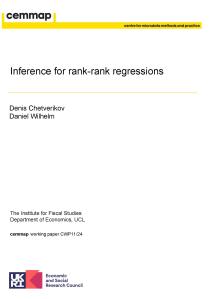When an income tax or tax-benefit system is applied to the distribution of personal incomes, three effects on the distribution of peoples' living standards can be discerned. First, people with equal pre-tax living standard may not receive the same or comparable tax treatment, and in consequence may end up with different post-tax living standards; this would be in violation of classical horizontal equity (HE). Second, is the effect of the tax system as between people with different pre-tax living standards; this is the concern for vertical equity. Finally, the tax system may disturb the rank ordering of people by their living standards from poorest to richest; if this happens, it is in violation of the no-reranking command, often seen in recent literature as an alternative equity criterion to that of classical HE. In this paper, we argue for a new concept of 'purity' in the measurement of horizontal inequity (HI), that renders it independent of the metric for living standards and also of tax system's vertical performance. Specifically, we argue that HI is a property of the taxation process which can be captured as lack of perfect association between pre- and post-tax living standards, and we expound the idea that the HI in different tax systems be compared by transplanting the HI from one tax system into the other, as a mapping between its pre- and post-tax living standard distributions, and then comparing the extent of association. Two appropriate axioms act, in combination, to ensure that HI can indeed be 'transplanted' from one scenario to another. We go on to propose a partial HE ordering, reflecting the desire of a social decision maker that pre- and post-tax living standards should be positively associated, and the more so the better. It quickly emerges that, although Axioms 1 and 2 were introduced for comparability purposes, and are in part classically inspired, in concert they force us into a concern solely for positions (ranks). An implementable procedure based on the 'copula' is derived, which averts the need for transplantation and can be applied to any pair of tax or tax and benefit systems. Statistical inference procedures are discussed, and illustrative empirical exercises are undertaken for the UK, Canadian and Israeli tax and benefit systems. The methodology can be used to compare HI in taxes with that in benefits, and for international, inter-regional and intertemporal comparisons.







